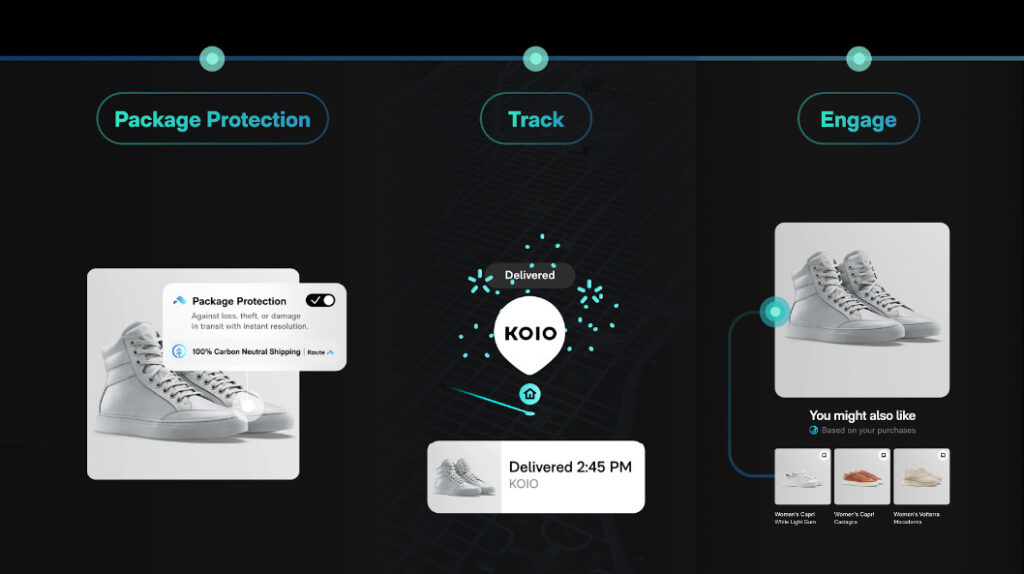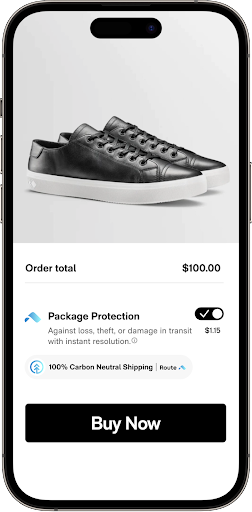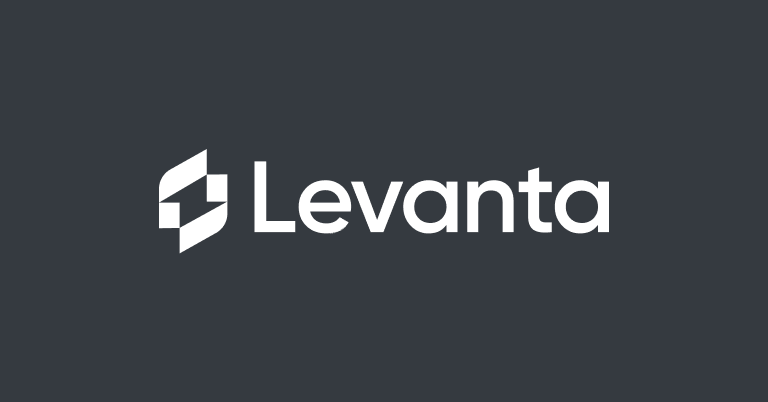
Overview
In our price-obsessed culture, there’s a perception that Amazon must be cheaper than competitors—how else could it have become such a dominant force? But that’s not really the case: what Amazon did to become such a powerhouse was innovate the post-purchase experience for online transactions. It’s not like you couldn’t order products through the mail before Amazon launched, they just made the process more predictable, efficient, and transparent. Their post-purchase prowess, combined with name recognition, is what gives them a competitive edge, especially over smaller ecommerce brands and shops.
There’s not much one can do about name recognition, but there’s good news for those small businesses operating in Amazon’s shadow. Post-purchase help has arrived in the form of Route, a service that benefits both sellers and their customers. Launching in 2019, Route is an example of the right idea showing up at just the right time: the steady increase in ecommerce correlated to a steady increase in package theft. By 2020, the pandemic drastically increased ecommerce even more. Guess what happened with package theft?
Small time merchants selling low volume at tight margins found themselves bearing the brunt of these losses. A big retailer like Amazon can afford to insure every package and send out replacements when needed. A more niche shop is already losing to Amazon if they charge for shipping; paying for package insurance eats up more profit. Besides, that insurance only covers the items to the point of delivery. Once the package is dropped off on a customer’s porch, it’s no longer the carrier’s responsibility. And even though there’s nothing an ecommerce company can do to protect the package once it’s been delivered, they’re the ones expected to replace the stolen items.
Route was created with the knowledge that this puts ecommerce shop owners in a prickly situation: they can choose to keep their customers happy and replace the item, or keep their profit and anger the customer. It’s a no-win situation, but that no longer has to happen. And for Route’s customers it no longer does. Since its launch, Route has signed on more than 15,000 ecommerce shops and protected more than $12 billion in merchandise. Their 95% customer satisfaction rate speaks volumes.
Of course, there’s more to Route, as well. The post-purchase experience isn’t solely about package protection. The service works to keep ecommerce customers engaged throughout and after the delivery experience with an eye towards upsells and repeat business. There’s a reason why Route earned the designation of “unicorn” during its most recent funding round. Upstream and down, there’s a lot of excitement around this company. Read on to learn why.
Pricing
Route has two main levels of service, but also offers customized plans for those who need it. The two main levels of service are:
- Basic, $0/mo — At the basic level, merchants can offer Package Protection for lost, stolen, and damaged items, basic Package Tracking, and Carbon Neutral Shipping on certain orders
- Pro, $349/mo — This gets you Package Protection, Carbon Neutral shipping on all orders, advanced Package Tracking, post-purchase Product Recommendations and upsells (Shopify and BigCommerce users only), Klaviyo integration
The Details
It couldn’t be easier to get started with Route. It’s offered as an app for your ecommerce platform (and so is downloadable from the appropriate app store: see the Integrations section for more info). If you don’t have a supported platform, what setup there is gets handled by the Route team, as they integrate your ecomm software with their own. From the merchant perspective, there really isn’t software to install or manage. There’s no cost, and no fees for the merchant whatsoever. Route gets its revenue from the merchant’s customers who opt in to package protection, and their model is a much more attractive one than usually offered directly by shipping carriers. The US Post Office charges a minimum of $2.70 to insure up to $50 in value. UPS and FedEx cover the first $100 for free, but their shipping is much more expensive than the post office. Anything over $100 starts at $3.90 (for both UPS and FedEx). These premiums are based on dollar value, regardless of the item.
Route takes a more custom approach. While the overall premium is based on a percentage of cart value, the percentage itself is determined by the actual items in the cart and calculated based on a number of factors that only actuaries will find comprehensible or interesting. Suffice to say, that when you take a number of real-world factors into account, you can offer a much more situationally appropriate premium. In some cases customers will spend less than they would with a carrier to insure their package, and in others they’ll spend more. But in all cases, they’re receiving protection even after the package is left at their doorstep, which shipping carriers do not offer.
Beyond the peace of mind that everyone gets from the package protection, this is also a major friction point that’s just removed from the merchant’s day-to-day. Customers who opt in to package protection deal directly with Route to submit their claims. Resolution can be a refund to their original payment method or to PayPal (much faster). If they choose to receive a replacement, a new item is automatically sent in 1-3 business days. This all takes just a minute or less to happen, and their 90% claims approval rate means a lot of happy merchants and customers.
Even if their customers aren’t opting into package protection, and even at the Basic level of service, customers will get an enhanced package tracking experience. We all know the regular experience of non-Amazon package tracking: You get an email from the merchant with a tracking number. You either click on, or copy-and-paste, that tracking number, which brings you to the carrier site for updates. If you want an update the next day, you have to find that email, and click on (or copy/paste) the tracking number again. By signing on with Route, merchants are able to give their customers a more Amazon-like experience. They’re sent a tracking link that brings them to a branded tracking screen on the web, or: they can download the Route app, which tracks delivery and sends push notifications for each update.
For merchants on the Pro plan, they can use the app—and the Klaviyo integration—for some added post-purchase upsell opportunities. Route’s product recommendation engine lets you suggest complementary items from your catalog to go with their purchase, and these recommendations are tied to tracking notifications. If a customer opens up the Route app to see where their package is, they’ll also see suggestions for products they might also like with links to purchase them. The same goes for their order and delivery confirmation emails: Route uses these times when you know you have your customers’ attention to capitalize on it, and the merchant dashboard shows you all the ways it’s done its job.
Integrations
Route itself is essentially an integration: you’ll need a fully functioning and configured ecommerce store before you can “install” Route. There are pre-built integrations, available as apps, for Shopify, BigCommerce, WooCommerce, and Magento. So, basically: all the big ones. If you’re somehow not using one of these, custom API integrations are possible.
Additionally, the Pro plan comes with a Klaviyo integration and the ability to create 7 different emails for delivery notifications. This automates email delivery to customers and helps to create a more predictable, professional, and transparent post-purchase experience.
Conclusion
For the last 25+ years, it seems that Amazon has innovated the world of ecommerce and everyone else is left to follow suit. In the cases of small businesses, it’s usually a matter of waiting for a developer to create the software they need to do business. Shopify (and others) made it easy for them to sell things. Klaviyo (and others) made it easy to market via email. Refersion (and others) made it easy to do affiliate marketing. All the tools available were designed to help merchants make the sale. It wasn’t until Route came along that someone thought to make a tool that helped merchants after that sale.
Route’s package protection program is what got them started, and the 95% satisfaction rate says something about how much merchants were clamoring for something like it. With the package protection and branded tracking tools, Route helps small brands compete on experience with the big retailers. And with its product recommendation feature, it can turn the post-purchase experience into yet another purchase.
-
Features
-
Ease of Use
-
Reporting







